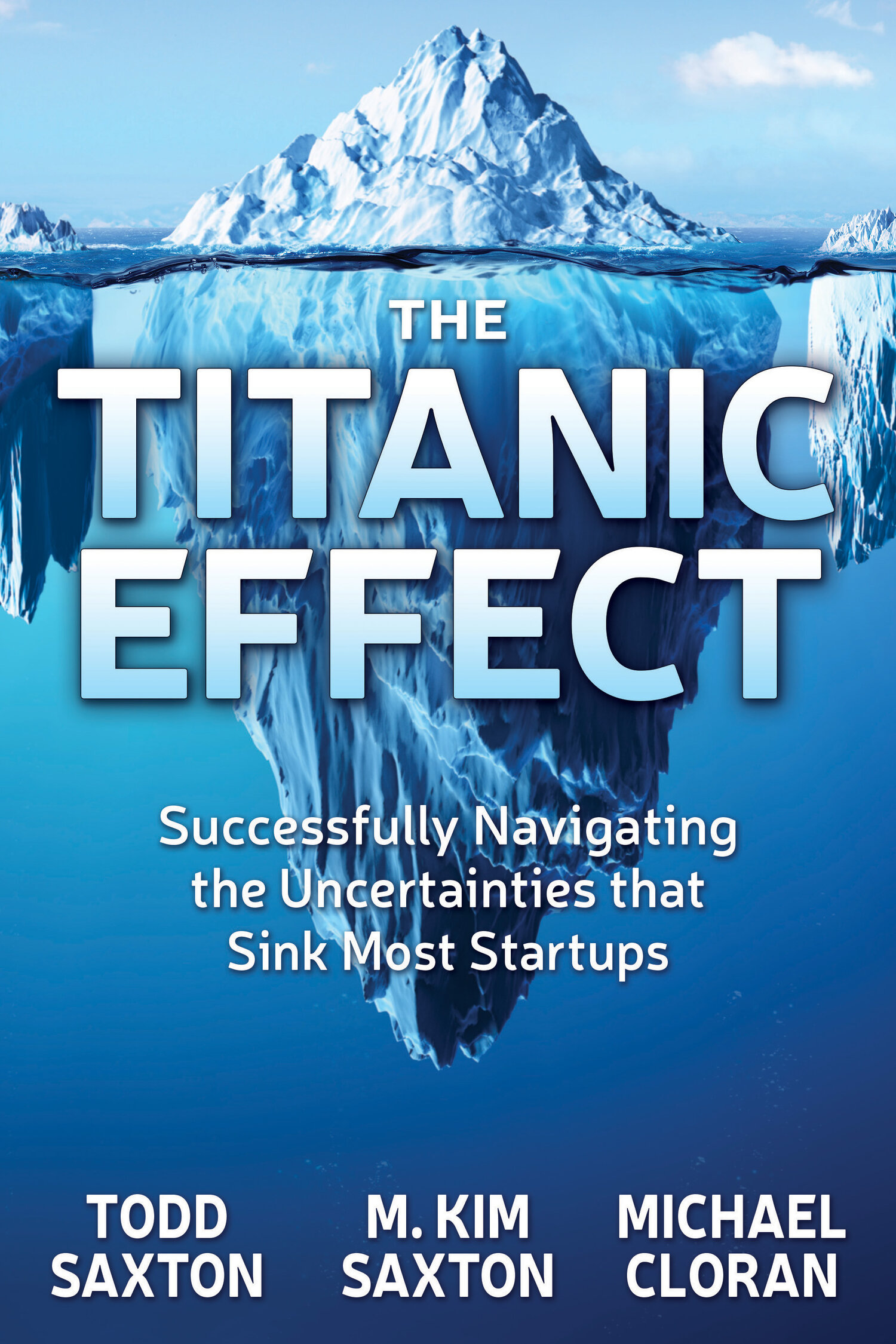Planning startup strategy leaves founders with plenty to think about. Getting proof of concept, hiring first employees, and knowing when to pivot are some examples. But startups should not lose sight of what is going on at the industry level. Industry growth can be a significant source of opportunity for startups, but also create major debtbergs that can sink them.
What should founders pay attention to in terms of industry trends and growth of the overall market? Often entrepreneurs want to think about a market in terms of straight-line growth that is linear over time. Unfortunately, market growth is typically more varied and hard to predict—particularly early in an industry life cycle, or in disruptive markets. Monitoring and understanding the industry growth trajectory can help startups better allocate resources and avoid debtbergs across oceans.
Industry growth variants are many and complex, and each market follows its own trajectory. However, three models roughly characterize different growth patterns with important strategic implications. They include:
1. The Bass Diffusion of Innovation
2. Crossing the Chasm
3. The Hype Curve
This is Industry Growth Pattern 1 and we will review the Bass Diffusion of Innovation model.










